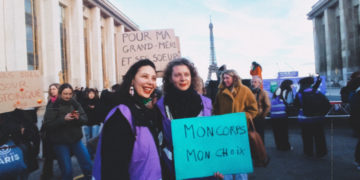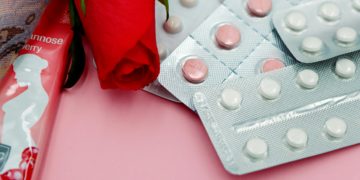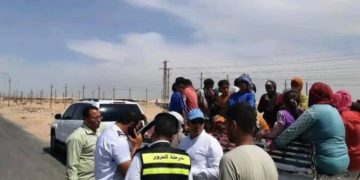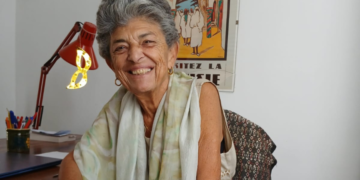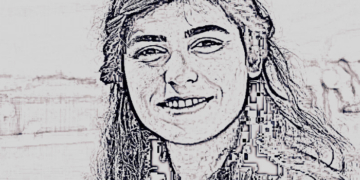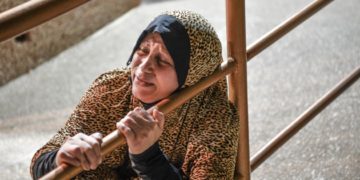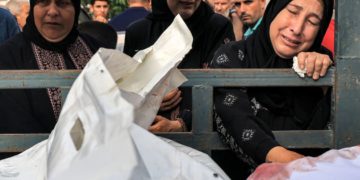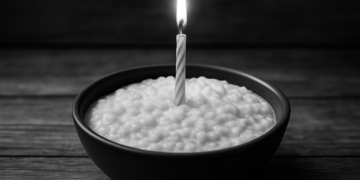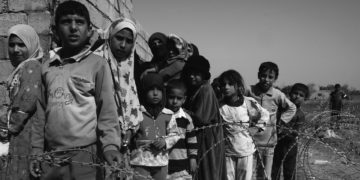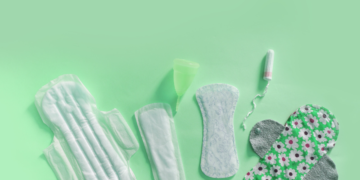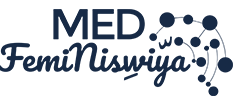This post is also available in: Français (French) العربية (Arabic)
Gender discrimination
With a few days to go until the opening of the Paris Olympic Games, gender parity seems to have gained ground in the world of sport: the same number of male and female athletes will be participating in all sporting disciplines, none being off limits to women. For the sake of precision, 5,520 men and 5,520 women will try to beat their records and—at all costs—bring home one medal, or more.
But these advances have not made us forget that there are still significant inequalities between men and women in the world of sports. From childhood, sports are distributed by gender when offered to girls and boys. Young girls are invited to practice artistic gymnastics, swimming, or horseback riding, while football, judo, and rugby are categorized as belonging to the boys’ domain. And this is not for any reasons related to women’s abilities or their bodies; it is the result of a system of representation that continues to stick to their skin.
“Women are permitted to gain skills and knowledge, but, in our culture, they are still considered to be transgressing when they start showing up in the ‘privileged’ spaces of masculinity/virility: combat, strength, risk. 6% of women in the French Rugby Federation (…). This is because the gendering of sports is intertwined with gender roles and dominant representations of femininity,” reads an article on the vie-publique.fr website. (1)
CDuring adolescence, too, the gap between genders widens. In fact, many girls stop playing sports at this age, while boys maintain their sporting activity, which helps build their virility.
This discrimination begins in childhood. The games given to little boys promote the development of their motor skills much more than those that little girls have access to. In the same way, sports facilities in public spaces—skate parks, football and basketball fields, etc.—are largely taken over by boys and overlooked by girls who have internalized that these spaces were not intended for them. During adolescence, too, the gap between genders widens. In fact, many girls stop playing sports at this age, while boys maintain their sporting activity, which helps build their virility. Women who do continue with their sporting activity most often choose a training, fitness, or recreational sport. This especially applies to the most economically and culturally privileged among them, since three-quarters of women from a working or agricultural background do not practice any sporting activity.
At the same time, female athletes seem to be more than happy to turn their backs on sports training that includes competition. The figures speak for themselves: only 35% of 16–24-year-olds registered with a club compete. This is half the percentage of that of their male counterparts, 69% of whom engage in competition. Women’s coaching also generates its share of violence on female athletes’ bodies, as the MeToo movement in sport has revealed in many countries. Added to this are other forms of abuse, such as a requirement for thinness imposed on potential champions, from a very young age, by unscrupulous coaches who have little regard for their mental wellbeing.
Hyper-sexualized

Gender inequalities in the world of sport have stuck for so long because they are also widely perpetuated by the media. In fact, in France, 74% of sports information refers mainly to men. Meanwhile, to bring visibility to their own bravery and results, female athletes often have to wear outfits that are questionable, to say the least.
But for a good 15 years now, women have been rebelling. In 2009, four players from the French football team posed nude, arms crossed over their breasts. “Does it have to come to this for you to come and watch us play?” they declared, a powerful message to try to change mentalities. A few years later, in 2013, tennis player Marion Bartoli put a BBC journalist in his place for making fun of her looks. “Yes, I’m not blonde. That’s a fact. Did I ever dream of becoming a model? No, sorry. But did I dream of winning Wimbledon? Yes, absolutely,” the champion fired back.
On April 11, in the run-up to the Paris Olympics, Nike unveiled a preview of the outfits to be worn by the American athletes—male and female. The women’s unitard startled many because of its particularly narrowly cut crotch, deemed sexist and impractical by those concerned. This garment is “absolutely not made for performance,” decried middle-distance runner Colleen Quigley (1).
Lauren Fleshman, former US 5,000-meter champion, didn’t hesitate to share her thoughts on social media either. “If this outfit was truly beneficial to physical performance, men would wear it. This is a costume born of patriarchal forces that are no longer welcome or needed to get eyes on women’s sports,” she posted on her Instagram account. In her view, female athletes should be able to fully concentrate on competing instead of worrying about their pubic hair being captured by cameras around the world. Studies have proven, in fact, that when it comes to attention paid to female athletes’ bodies, it primarily has to do with the women’s physique, age, and private life, while men are exclusively praised for their strength.
In France, 74% of sports information refers mainly to men. Meanwhile, to bring visibility to their own bravery and results, female athletes often have to wear outfits that are questionable, to say the least.
Hatred of white
Their long legs, muscular buttocks, and not-totally-covered crotches are displayed and adulated, but when it comes to women’s menstrual cycles, they are absolutely ignored. A denial that shows that the taboo of women’s periods has still not been overcome in this first part of the 21st century. But more and more women have been speaking out to remind people of the hormonal reality they live every month. Yes, female athletes get their periods, and they deal with them as best they can when competing: pain, reduced energy, discomfort, mood and sleep disorders, headaches and stomachaches, cramps, hot flashes, vomiting, heavy flow… As if this weren’t enough, they also have to deal with the anxiety of staining the white skirt or shorts they have to wear.
Even if female athletes speak freely about their periods, sports federations are slow to tackle the issue head-on. But the repercussions on performance are undeniable: “We usually go to training anyway. We put up with the pain and don’t talk about it,” explains 30-year-old paragliding champion Laurie Genovese. “I fly long distances, for up to 10 hours. So, I have to wear adult diapers,” the French athlete continues. “But it’s still an issue, and I have to fly less.” (2)
July 2022: while Euro football is in full swing, the players of England’s women’s team are demanding Nike abolish white shorts. Isn’t the cursed bloodstain on a white or light-colored outfit the dread of all female athletes? “We fully understand the concern of our athletes about wearing light-colored clothing during their period, which can be a real obstacle to performance,” the brand admitted, without specifying whether white would be banned.

French women have also taken up the cause, demanding that their outfitters—and therefore Nike—design their outfits to suit their menstrual cycles, especially when it comes to choosing colors. The Les Bleues captain Wendie Renard spoke out about this at a press conference. “Indeed, it’s not easy to play in white shorts, the way it wouldn’t be for your sisters, your mothers. We adapt. We are high-level players and, unfortunately, we have that. It’s part of our lives. But it’s true that it’s a good thing—I congratulate the English players for this. If they (Nike) can do the same for us, that would be cool.” (2)
Also in 2022, the year in which female athletes collectively expressed their hatred of white, female tennis players forced Wimbledon organizers to rethink the adoption of white underwear under their outfits.
It’s clear that this new media exposure of women’s sports, including football, is bringing to the fore an unthinkable fact: female athletes have their periods, and they can’t avoid them during competition. And that’s no mean feat: a recent survey conducted by the Intimina brand with Censuwide, among a sample of 1,000 French female athletes (professional and amateur) on the relationship between sport and menstruation, reveals that 61% of women have already missed a sporting activity because of their period, and that 51% have feared leaks.
Simplifying female athletes’ lives by eliminating the need for them to wear white or hyper-sexualized outfits should be a no-brainer. The Paris Olympics will tell us how these athletes’—very simple—requests will be implemented.
Further reading:
Where is gender equality in sport? (Où en est l'égalité femmes hommes dans le sport ?)
Menstrual cycles: the end of all-white outfits in women’s sports? (Cycle menstruel : vers la fin des tenues entièrement blanches dans le sport féminin ?)
Who are the 23 champions of the French women's football team? (Qui sont les 23 championnes de l'équipe de France féminine de foot ?)
